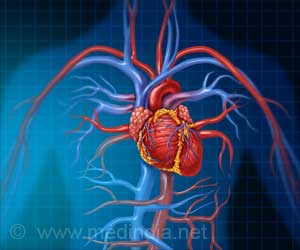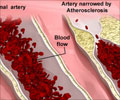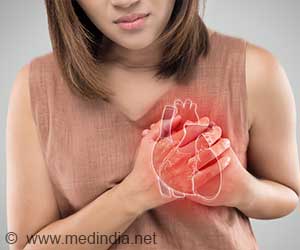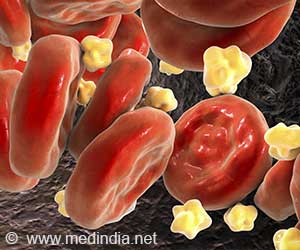Cardiac mortality is on the rise in India especially in rural areas and among young adults. Heart disease is on a steady rise and all deaths in the country in 2015.
- Death due to cardiovascular disease is climbing in India
- Heart disease deaths mostly affect rural areas and young adults
- The study is representative of more detailed information than earlier studies
The number of Indians dying nowadays due to heart or cardiovascular disease is on the increase, according to a study published in The Lancet Global Health. In 2015, heart disease was responsible for more than one quarter of all deaths in the country and mostly has affected rural areas and young adults. Cardiovascular disease that comprises mainly of two heart conditions: ischemic heart failure (which is caused by a narrowing of the heart's arteries), and stroke, is the leading cause of death worldwide.
Statistics of Deaths in India
- India has about nine million deaths a year
- Over three quarters of deaths occur at home, without medical attention
- More than half of these do not have a certified cause
- Most of the deaths recorded are from data in urban hospitals leading to a discrepancy between the recorded and actual number of deaths
Million Death Study (MDS)
The Million Death Study (MDS) is a human premature mortality study conducted in India.TOP INSIGHT
Heart disease is on a steady rise and was responsible for more than one quarter of all deaths in the country in 2015.
The principal investigator of MDS is Dr. Prabhat Jha, who is the director of the Center for Global Health Research of St. Michael's Hospital in Toronto, and professor of epidemiology at the Dalla Lana School of Public Health, University of Toronto, Canada.
Hundreds of specially trained census staff visited households every 6 months to obtain information on deaths in the family using a modified version of the 2011 WHO verbal autopsy (VA) questionnaire.
An in-person interview of close family members was made to determine the deceased’s health status before death and record a narrative of the events leading to death. This written information was then assigned to trained physicians to assign a probable cause of death according to the WHO International Classification of Diseases 10th revision (ICD-10) using strict coding guidelines. If an agreement was not reached between the two physicians, a senior physician made the final decision.
Findings of the study include:
The probability of dying from stroke decreased throughout India. The numbers were higher only in India's northeastern states, where the incidence of premature stroke deaths was one in three making it about three times higher than the national average
"The finding that cardiac disease rose nationally in India and that stroke rose in some states was surprising," said Dr. Jha. "This study also unearthed an important fact for prevention of death due to cardiovascular disease. Most deaths were among people with previously known cardiac disease, and at least half were not taking any regular medications. Making progress in fighting the leading cause of death in India is necessary for making progress at the global level."
Dr. Jha also said that the findings of unexpected patterns of heart attack and stroke deaths need more research and action if the world has to achieve the United Nations Sustainable Development Goal of reducing cardiovascular mortality by 2030.
Reference:
- Prospective Study of One Million Deaths in India - (http://cghr.org/wordpress/wp-content/uploads/2011/07/MDS-Study-Protocol.pdf)
 MEDINDIA
MEDINDIA





 Email
Email






